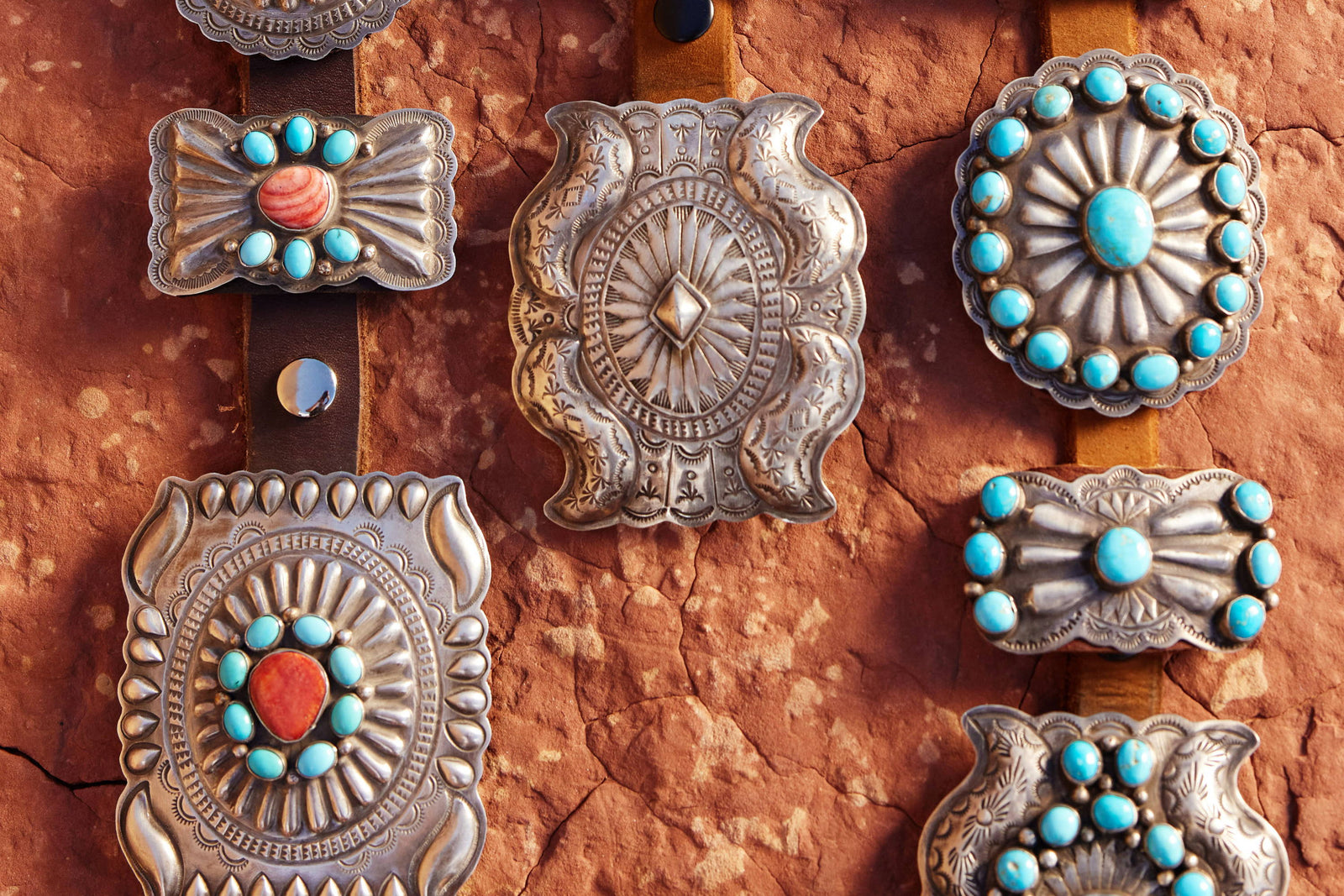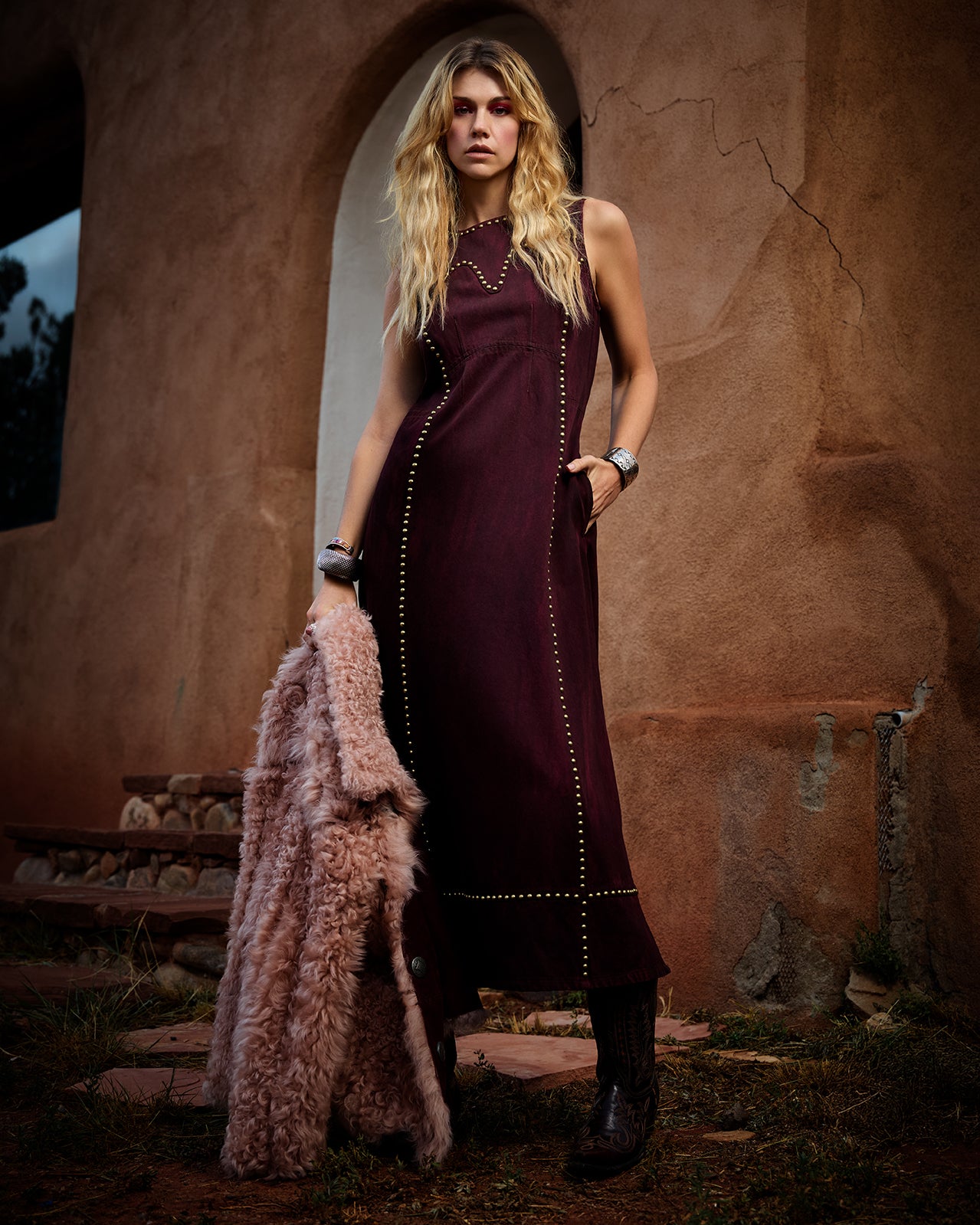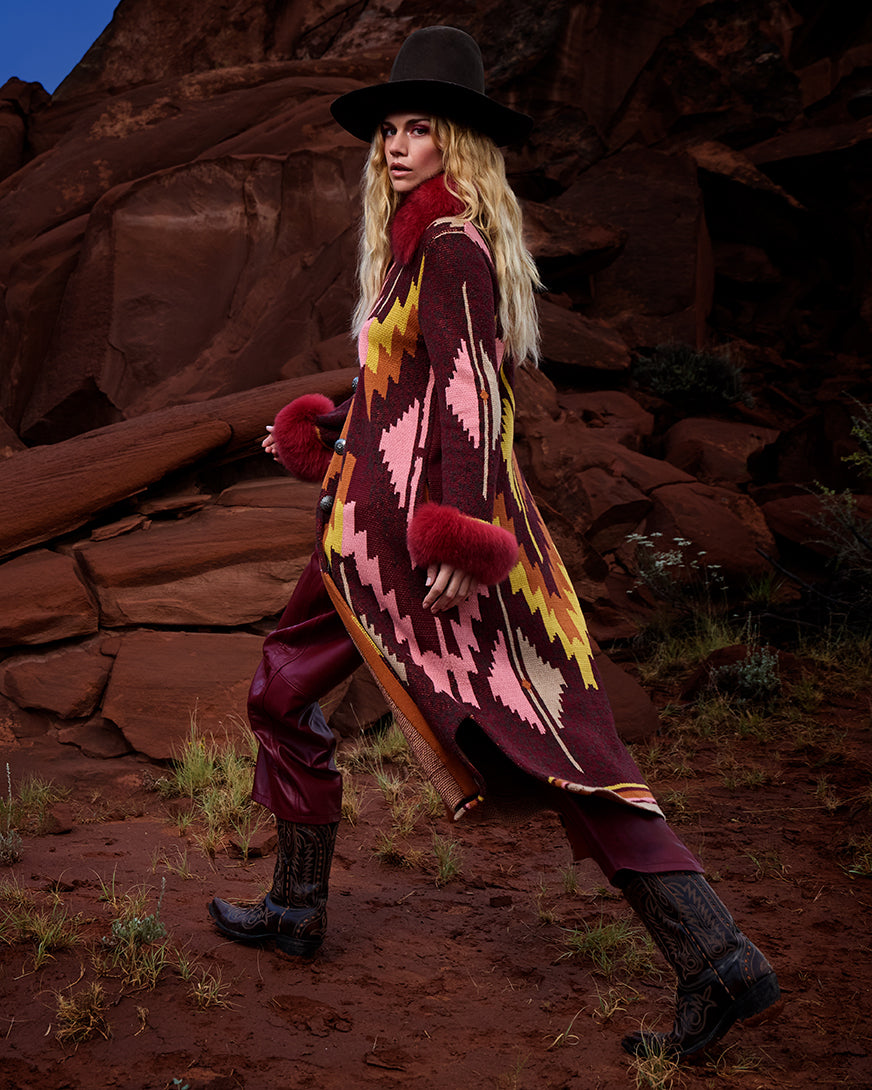Free shipping on orders over $99* (exclusions apply).
Free shipping on orders over $99* (exclusions apply).
Shop
apparel
Add description, images, menus and links to your mega menu
A column with no settings can be used as a spacer
Link to your collections, sales and even external links
Add up to five columns
Add description, images, menus and links to your mega menu
A column with no settings can be used as a spacer
Link to your collections, sales and even external links
Add up to five columns
Add description, images, menus and links to your mega menu
A column with no settings can be used as a spacer
Link to your collections, sales and even external links
Add up to five columns
Add description, images, menus and links to your mega menu
A column with no settings can be used as a spacer
Link to your collections, sales and even external links
Add up to five columns

CONCHO BELT CLASS: A FEEL FOR THE PHASE
May 10, 2024 3 min read 1 Comment
It’s been a while since we’ve conducted a clinic in Southwestern style education. Well, for the blog anyway, we have them in the office almost every day.
“I am so immersed in Southwestern jewelry day in and day out – and have been for decades – that I sometimes lose sight of how much of this is jargon and classification that may not, actually is probably not, common knowledge to the casual collector,” Cheryl laughed. “It doesn’t take a PhD to decide if you think something is pretty, but with jewelry – particularly Southwestern jewelry – there is so much storied history behind it, it’s interesting to explore. And listen, I could talk your ear off about it, it’s probably my favorite topic!”
One day, we’ll try to take her up on that and start a whole YouTube channel of “Cheryl’s Southwestern Jewelry Class” – perhaps with Hedy’s commentary peppered in, for comedic value – with mini lessons on identifying, classifying, and collecting. In the meantime, we’ll try to chip away at it here and there, as it comes up, and one topic that’s been on the tip of our tongues quite a bit recently is concho belts. You might’ve noticed we style a lot of Monument Valley with classic vintage concho belts, so we’ve been cycling through a slew of them – seeking, finding, photographing, and selling – so there’s been quite a bit of convo about them around the office, and it inspired this little mini-education for the uninitiated, particularly focused on the “phases”.
While they’re all fabulous in their own right, not all concho belts are the same. In fact, there was an identifiable evolution of the style that became more intricate and ornate as the skill of silversmiths advanced and stones became more readily available. Conchos are generally classified in three phases.
First Phase:
This, of course, was the origin of concho belts. Silversmiths started working with these coins of sterling silver (or shells, if you will – “concha” means shell in Spanish) that were being traded among Native Americans and Mexicans, and making them decorative. Before they had developed a technique to affix the conchos to a belt strap, they would create slits in the silver and weave the leather through them. This is how you can identify a First Phase concho.
Second Phase:
The next phase came about as silversmiths became more skilled with their stamp work and repousse, and had also discovered how to solder silver, which allowed them to affix loops to the back of the concho and slide them atop the leather strap, rather than through. This is the most significant and recognizable difference between First and Second Phase conchos.
Third Phase:
This was the final phase of the evolution of conchos, and probably the most common style you’ll see these days. In the early 1900s, turquoise really made its strong debut onto the southwest jewelry scene. The stone became abundantly available from mines in Colorado and Nevada, and the easy accessibility made it desirable for silversmiths to incorporate into their designs. This was the shift into the Third Phase. So now, not only was the silver work more ornate on these conchos, but they also often featured center or accent stones of turquoise (and eventually other types of stones and shell, like black onyx and red coral).
1 Response
Leave a comment
Comments will be approved before showing up.
Recently viewed products
Join Us
Our emails are the prettiest. Dress up your inbox:




Donald P. Richards
May 05, 2025
In my experience, butterflies were only used in Phase 3, not in Phase 2 as shown. Phase 2 included copper straps on the back for attachment, rather than through the “diamond slots” in the concha. See my book, “A Study of Navajo Concha Belts”.